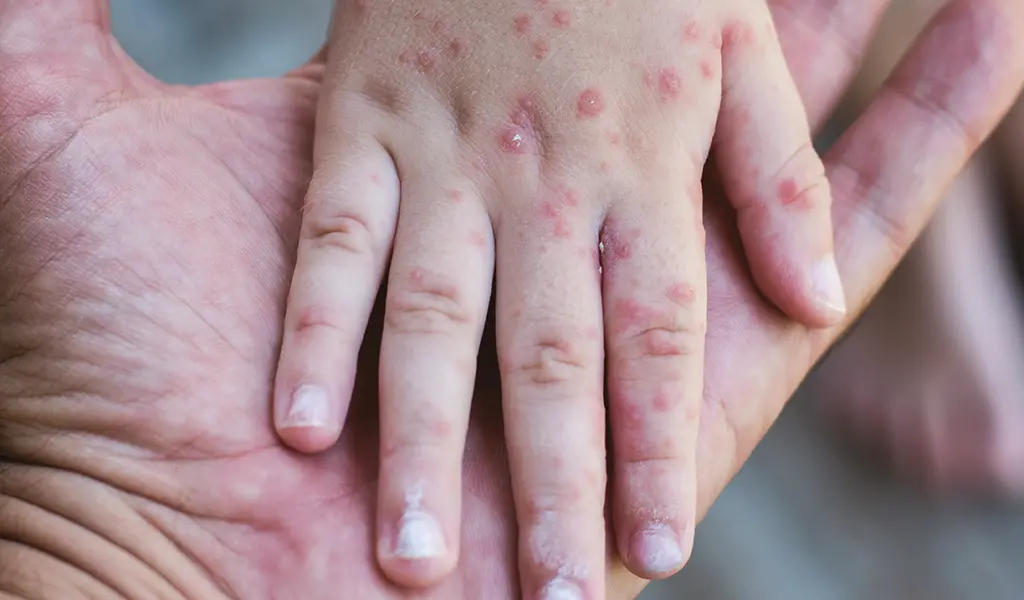(CTN News) – There has been a rise in cases of measles over the last three months, driven in part by outbreaks at a migrant shelter in Chicago, an elementary school in southeast Florida, a pediatric hospital in Philadelphia and a daycare for children.
CDC reports that 64 cases have been reported across 17 states throughout the United States as of Thursday, an increase over last year’s 59 cases, according to the Centers for Disease Control and Prevention (CDC).
According to the CDC, most of the cases reported this year were linked to international travel, and in most cases, the children infected were those who hadn’t been vaccinated against measles, mumps, and rubella (MMR).
Although two doses of the vaccine are 97% effective in preventing the disease, the CDC said in an advisory to healthcare providers last week that “pockets of low [vaccination] coverage lead to some communities being at a higher risk of outbreaks.”
According to the health department’s case count, there were 33 cases of the disease in Chicago as of Wednesday, including 22 cases among children under 5. The majority of these infections were linked to an ongoing outbreak that started at a migrant shelter in the Pilsen neighborhood.
Nine measles cases were reported in Pennsylvania between December and January. Florida has recorded a measles case since Friday, which brings the total number to 11. According to the Florida Health Department, the outbreak involving an elementary school in Broward County has ended.
Although disease experts have expressed concerns over the early rise in measles cases, the number still isn’t close to what it was in 2019, when the country almost lost its status as the world’s first to eradicate measles. There were 1,249 cases of the disease in New York that year, most of which were associated with outbreaks in Orthodox Jewish communities.
It is important to know that measles can be highly contagious: If an infected person is not immune to the disease, he or she can spread it to up to 90% of the people close to them.
Thanks to widespread vaccination, measles was eliminated in the U.S. in 2000 — meaning it’s no longer constantly present in the country, though there are still occasional outbreaks.
As of now, most people who get measles are unvaccinated. In the United States, children are supposed to receive their first dose of vaccine between ages 12 and 15 months and their second dose between ages 4 and 6.
For nearly a decade, 95% of U.S. kindergarteners were vaccinated twice with the MMR vaccine, but that number has since fallen to 94% in the 2020–21 school year and to 93% in the 2022–23 school year. That number is down from 95% a decade ago.
When someone has measles, they usually start with a high fever, cough, conjunctivitis (pink eyes), and runny nose. They may notice tiny white spots in their mouth two to three days later. On days three to five of the symptoms, a blotchy rash usually develops around the hairline before spreading to the rest of the body.
Several complications may result from measles, including pneumonia, swelling of the brain, and secondary bacterial infections. The United States used to see approximately 48,000 people hospitalized each year, and 400 to 500 people died of the disease before measles vaccines became available in 1963.
One out of five unvaccinated people who get measles are hospitalized, and about 1 to 3 out of 1,000 children with measles die.







